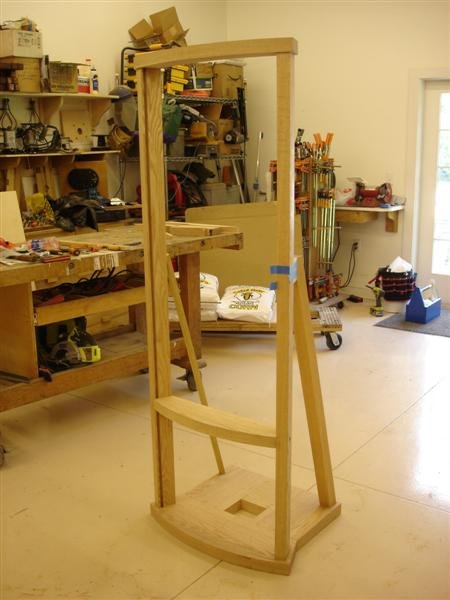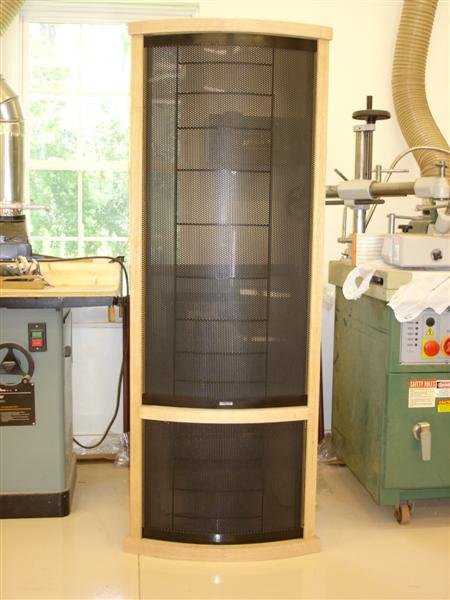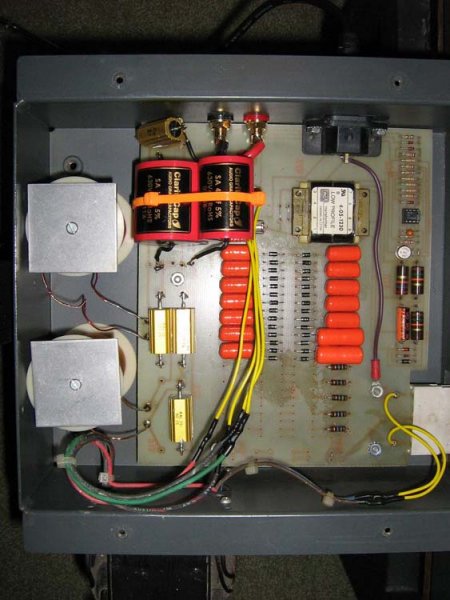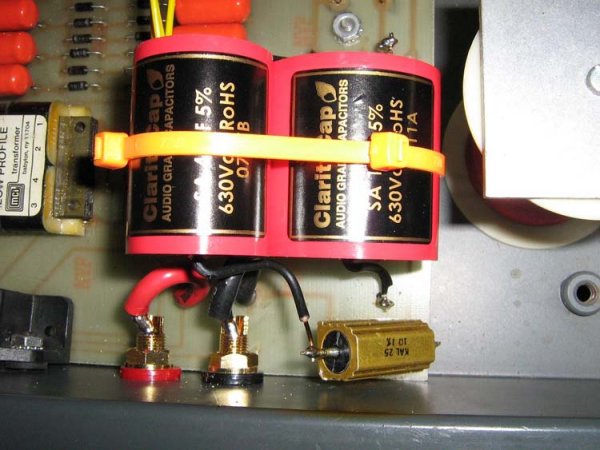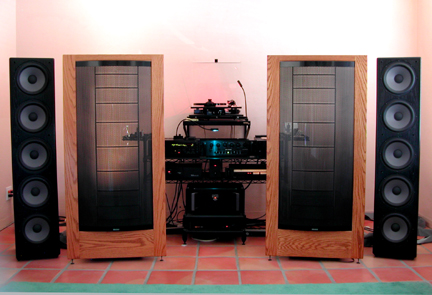The electrostat as midrange/tweeter
Am I reading this right? digital signal processing No more buying bass traps and battling between prime location for stat verses bass unit?
George, tell me if I have this right: Pricewise, the Summit was out of reach for many and the Vantage was not doing well in the marketplace against other speakers in the same price range? So they dropped the Vantage and made two speakers, one more expensive than the Vantage (Spire) and one less expensive than the Vantage, the Ethos.
Bid deal! What good is DSP for a bass driver that only goes down to 34Hz? And that (single 8-inch??) "bass" driver has to do all the lower mid-range duties up to 375Hz (the poor thing) and worst of all, the lower midrange and the stereo portion of the upper bass (i.e. down to 100Hz) has been DIGITALLY PROCESSED! In other words, the music coming out of that driver is in fact produced by an amplified
digital to analog signal (unless there's a way to bypass the DSP) If I want to be lazy about room correction, and process my music signal in the digital domain, NOT, I'll do it before it gets to the speaker thank you very much. Or gosh, do you suppose this DSP crossover thingie is a way to fix a poorly designed speaker? Yikes!!
So really . . . who cares! My
single ML Depth, phase correct at 90 deg. phase angle, sitting smack between the panels, starting at
20Hz, crosses over/blends with the CLS panels at around 45Hz (still too low to need "stereo subs") and the panels take it up from there.
It's too bad there was no Depth/Descent, when ML made the CLS and the first model of the Statement. They would have sold many more full range panels. Unfortunately, they foolishly borrowed the twin woofer tower concept from Infinity (a worthless theft IMO) for the Statement, and Kinergetics repeated the horror by making a smaller tower for the CLS. I had a pair of Wilson Puppies (a design "borrowed" from Entec BTW ;--) and they were fast and worked great! Then I foolishly let myself be talked into buying the Kinergetics (see pic) They just
sucked.
Here's where I think ML missed the boat recently: When they came up with the (amazing IMO) Depth/Descent balanced force concept, they should have made some smaller (than the CLS) full range panels. A pair of those and a single Depth or Descent would have sold like hotcakes on sound alone. And with minimal cabinetry to pay for, I bet the whole ensemble would have been under $5K.
I've hated hybrid electrostats since the first Sequel came out. First of all, why chop off a panel's lower midrange response, up to 450Hz in some cases, which is
just where half the music comes from? It's never been that difficult, starting with the Quad 57 (way back in 1957), to make a stat that goes lower than 80Hz. And once you get down under 100Hz, you only need ONE subwoofer to fill in the lower couple of octaves. If I had the money, the only thing I'd trade for my CLS's and single Depth,
MAYBE, would be a CLX and a single Descent. These hybrids, to me, are a giant step backwards. And if you want proof, you need look no farther than the fact they're using DSP to try and make them work! Good luck with that!


